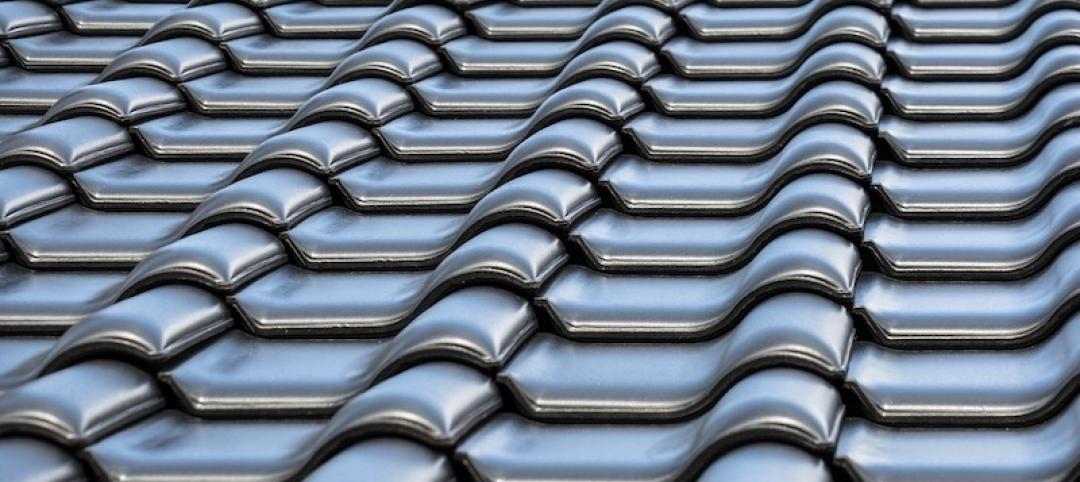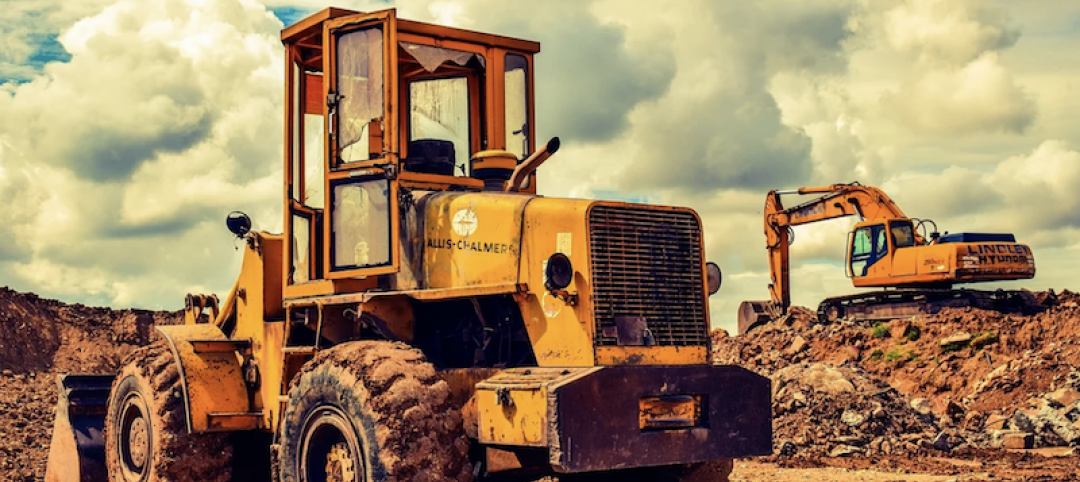A recently introduced Senate bill would prohibit the use of taxpayer funds to construct sports stadiums for professional teams.
Senators Cory Booker, D-N.J., and James Lankford, R-Okla., are sponsoring the bill that would stop teams from using municipal bonds on stadium projects. Municipal bond interest is exempt from federal taxes.
A report by the Brookings Institution found that $3.2 billion in federal taxpayer money, through municipal bonds, has been used to fund 36 newly built or renovated sports stadiums since 2000. “Professional sports teams generate billions of dollars in revenue,” Booker said in a news release. “There's no reason why we should give these multimillion-dollar businesses a federal tax break to build new stadiums.”
A similar bill was introduced by Rep. Steve Russell, R-Okla., in the House of Representatives in March 2016.
Related Stories
Codes and Standards | Mar 4, 2021
Biden administration overturns Trump’s federal building design mandate
Previous order promoted classical and “traditional” architecture above others.
Codes and Standards | Mar 3, 2021
Texas freeze raises questions about risks of electrifying buildings
Gas stoves helped residents cook, boil water when power went out.
Codes and Standards | Mar 2, 2021
New Seattle building code eliminates fossil fuels for most space and water heating
Also increases on-site solar photovoltaics, reduces envelope heat loss, air leakage, and interior lighting power allowances.
Codes and Standards | Feb 25, 2021
It’s not just lumber—roofing material prices are also on the rise
Lower demand for petroleum products means less asphalt production.
Codes and Standards | Feb 23, 2021
USGBC offers education on LEED Safety First pilot credits
Four courses address COVID-19.
Codes and Standards | Feb 23, 2021
ASHRAE Epidemic Task Force releases updated Building Readiness Guide
Includes flush calculations to reduce time and energy to clear contaminants between occupancy periods.
Codes and Standards | Feb 22, 2021
Preservation of Affordable Housing develops climate resilience strategy
Includes backup power for resident and staff “area of refuge”.
Codes and Standards | Feb 18, 2021
Construction industry moves toward comprehensive U.S. BIM standard
NIBS hosts roundtable to create coordinated program to advance collaboration.
Codes and Standards | Feb 17, 2021
Construction on international sports venues is ripe for corruption
Poor planning, complex contracting, a lack of accountability and high levels of collusion to blame.
Codes and Standards | Feb 16, 2021
Feds may fund removal of some urban highways
Senate bill proposes pilot program to reknit communities.

















